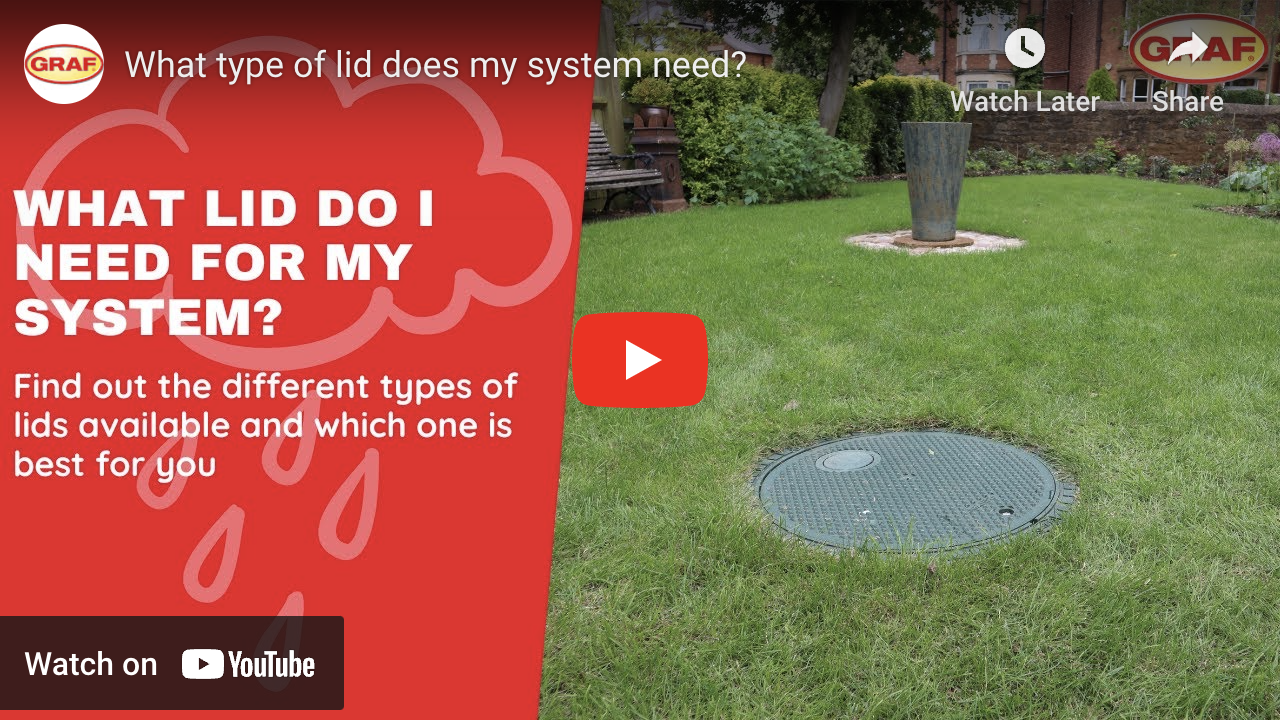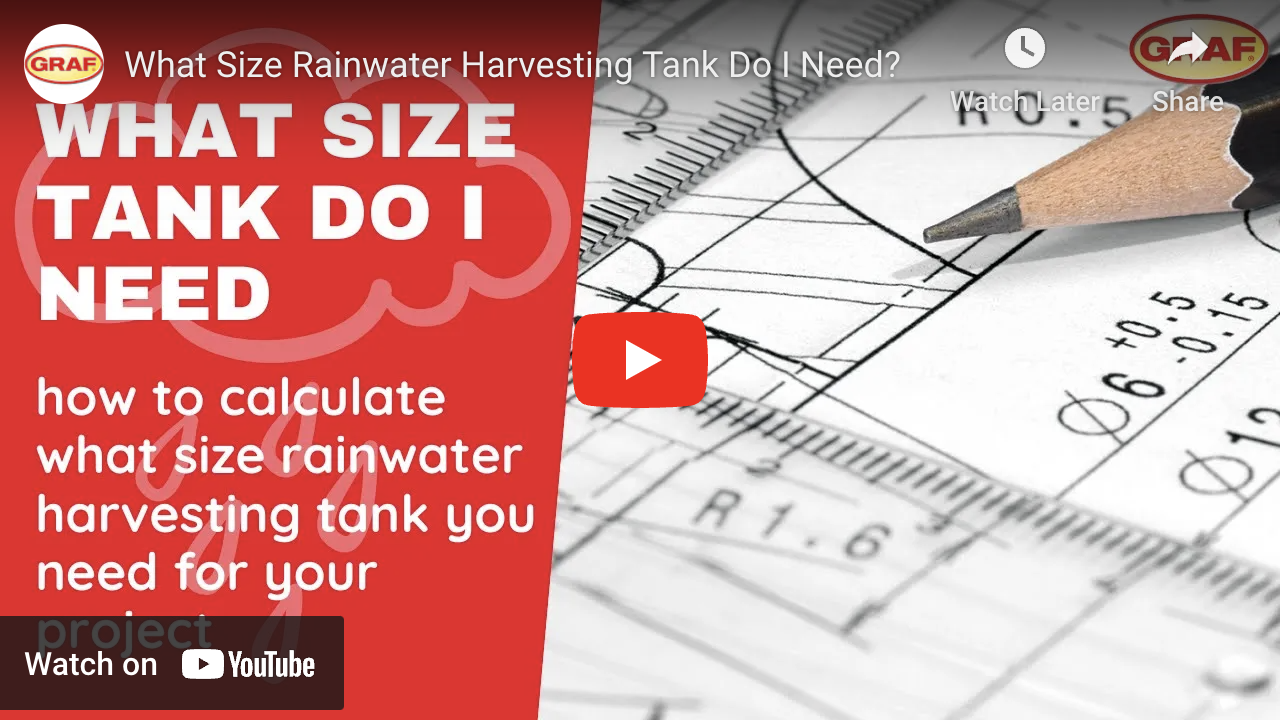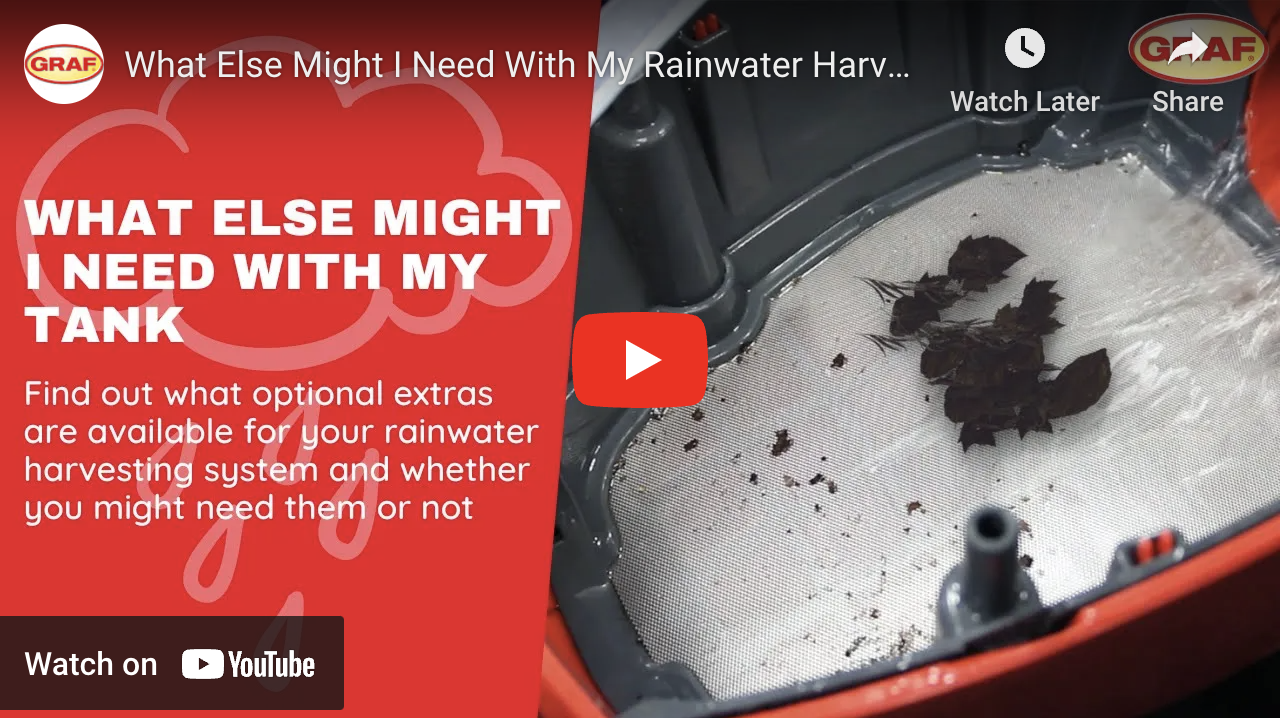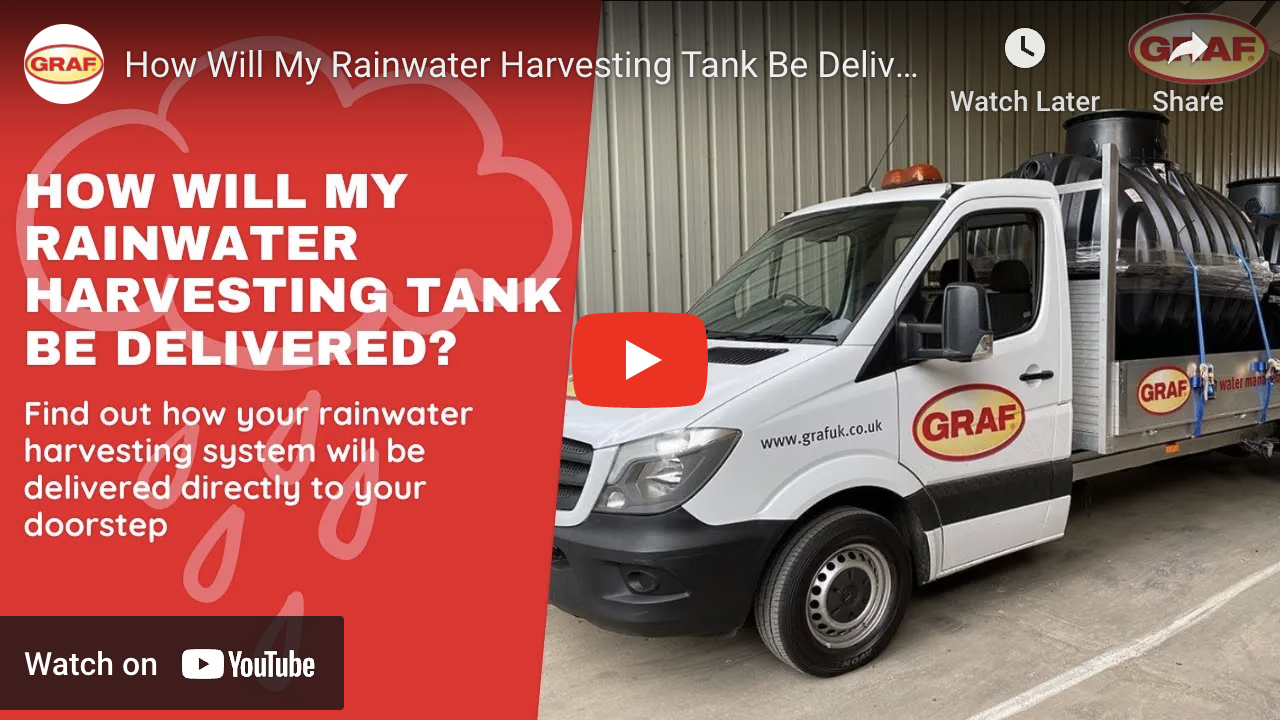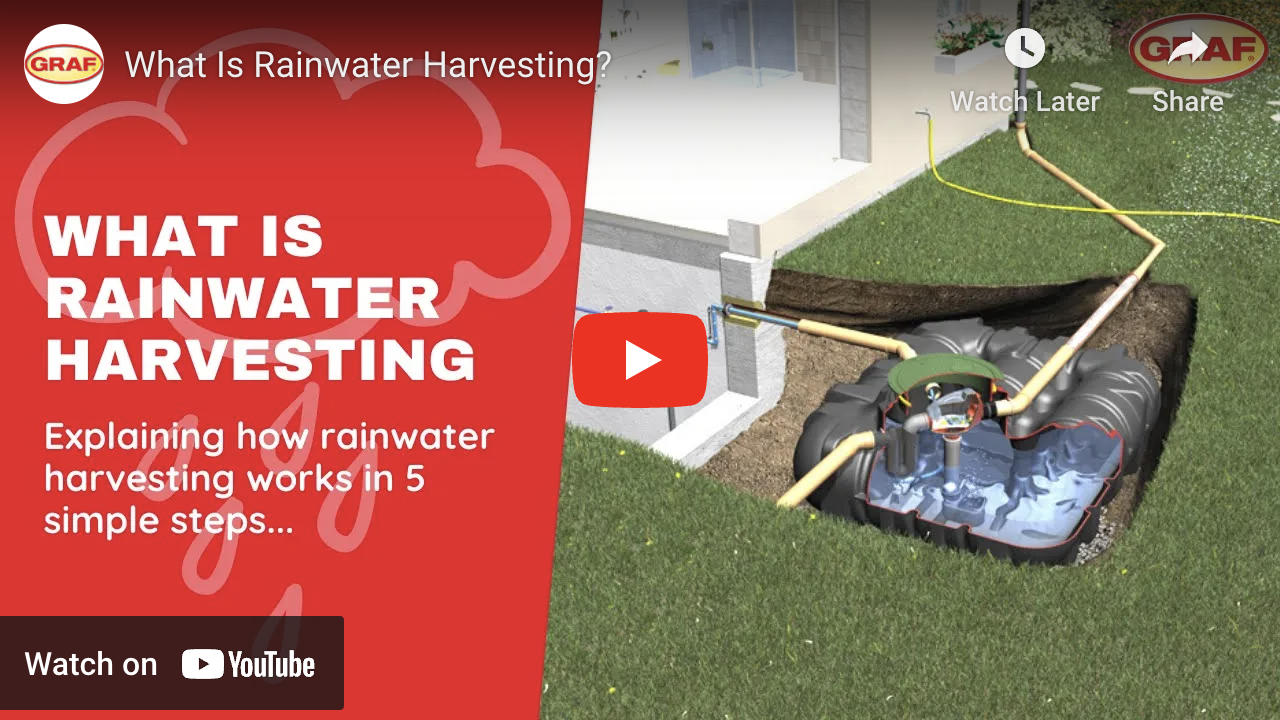Interested in a rainwater collecting and harvesting system? In the following blog, we’re going to show you how to calculate what tank size you will need for your property so you can start collecting water and saving money on your water bill while helping the environment! Your plants will also enjoy being watered with fresh rainwater. Calculating the right tank size is important for two reasons. Firstly, you don’t want the tank to be too big and collect more water than you will use because there is a risk that the water will sit in the tank for long periods, and this is not advisable. Secondly, you don’t want to install a tank that is too small if you can use the maximum amount of rainwater that you can collect.
How To Calculate Tank Size
There are several factors you need to consider when calculating your tank size. Where do you live? How many people are in your household? These factors will have an impact as you may get more or less rain than someone in a different city!
The tanks size is calculated in one of two ways. Firstly, we would look at the rainwater harvesting yield, which is how much you can potentially capture. We then compare this against the demand (how much rainwater will be reused).
To calculate the rainwater yield, we take into consideration the catchment area, the location of where you are in the world, and the catchment coefficient, depending on the type of roof. We then divide this number by 360, to determine how much rainwater in litres you can capture per day, and then multiply this by a storage period to determine the tank size required.
Or, follow this simple equation: Footprint of property (m2) x Drainage coefficient x filter efficiency x annual rainfall x 0.05 = recommended tank size.
If you intend to use the harvested rainwater just for garden maintenance, it might be more useful to consider the following approximations based on a 100-litre water butt supplying a 1-litre watering can:
1 can of water used a day = 100 days’ supply
2 can of water used a day = 50 days’ supply
3 can of water used a day = 33 days’ supply
4 can of water used a day = 25 days’ supply
Roof Size
The roof size is one of the most important figures to get right in this calculation. Sometimes the whole roof is used as a collection area, and sometimes only the front or back of the house can be used as the collection area. This is especially true on existing properties where the drainage at the front of the house doesn’t connect up to the drainage from the downpipes at the rear of the house. In addition to this, it’s worth considering if other nearby roof areas can be used as additional collection areas if you have a high demand for non-potable water. If you use a lot of water externally or you have several WCs in the house with a high number of people living in the home, then it is advantageous to collect as much rainwater as possible. The more accurate the square metre collection area is calculated the better, to get this tank size calculation right for the property.
Roof Type
The type of roof your property has will also influence how much rainwater you can collect. A flat or tiled roof will reduce the yield coefficient. While green, vegetated roofs reduce water collection as they absorb approximately 50% meaning less is available to be collected in the tank. This level of detail won’t make too much difference on the average property size but if large roof areas are being collected from it is worth considering the roof material.
Intended Use
When looking at demand, we ask questions to the customer on what they are intending to use their rainwater for. This could involve toilet flushing, reuse into the washing machine, outside irrigation, and general cleaning purposes. We can then estimate how many litres will be used per person per day, and then multiply this by the number of days we are considering for the storage period of the tank. We then compare these two tank sizes together and take an average to determine the best tank for the solution.
The average person can use around 22.10 litres of water flushing their toilet every day, and a washing machine can use around 50 litres of water per wash on an average cycle. So, this is where the number of people comes into the equation. The more people you have in your house, the more water you are going to use.
It is also worth keeping in mind that the tank should be sized on the property measurements rather than the current owners. For example, if a couple is building a new home which they are going to live in, just the two of them, then their non-potable water demand will be reasonably low. However, if they’re building themselves a four- or five-bedroom home then the system installed should be sized on the maximum occupancy level in case the house is sold in the future and may then be occupied by more people. This way the system is useful to the future owners of the property, rather than just suiting the current owners who don’t have such a high need for as much water.


